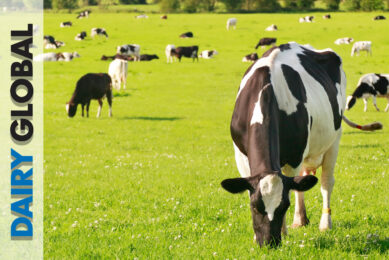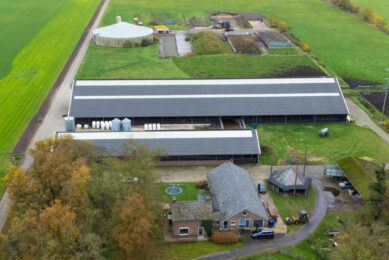Magazine edition 4 is ready! From the Middle East to Denmark
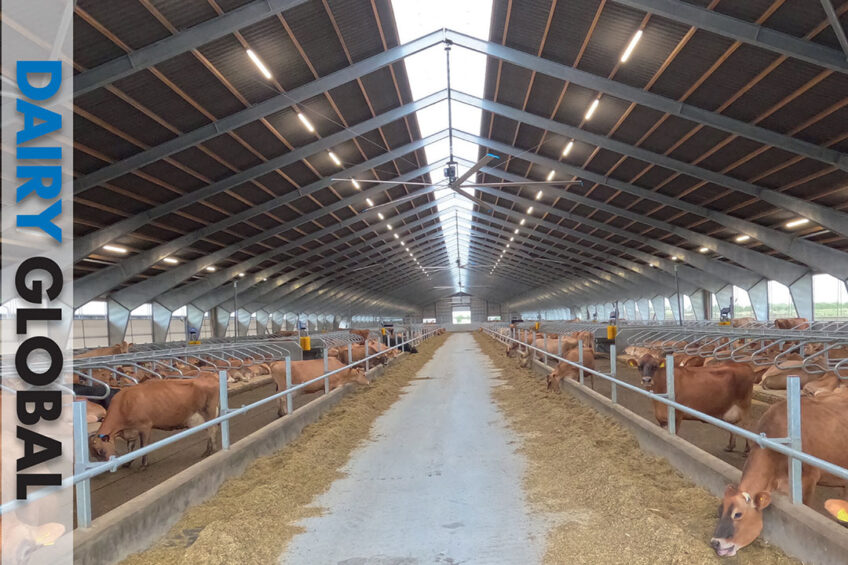
From dealing with challenges in the Gulf region to batch milking in Denmark. This magazine’s 4th 2023 edition goes to many parts of the world to find out what challenges and opportunities there are in the dairy sector today – we bring you the latest. Have a read!
Batch milking: A balance between automation and labour
This year milking systems company DeLaval announced its largest batch milking set-up at a Danish farm. With the 24 DeLaval VMS V310 batch milking installation, Danish farm Lønholm Agro has taken the next step in automation. But what does batch milking offer and what are the advantages? We look at this alternative way of milking that saves time and labour on farm. Page 6
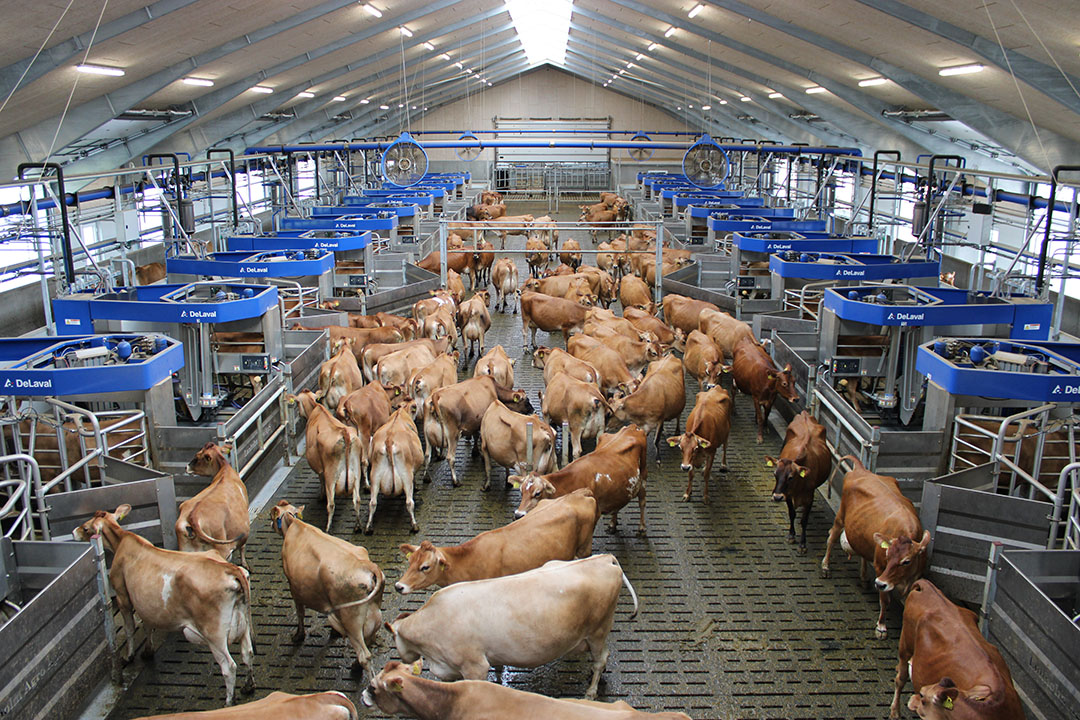
Gulf region: Major threats are lurking in dairy
Dairy farming in the Gulf region has grown rapidly over the past 35 years, from virtually zero to 350,000 cows on very large-scale farms. Most milk is processed on site into fresh dairy products. Payment is made per litre, as long as the milk has more than 3.3% fat and 3.2% protein. The companies are partly privately owned and partly owned by local governments. “But after a number of very successful years, major threats are lurking,” says Loay El Abiad, dairy farming consultant for Artat Enterprise. Page 8
Food security and sustainability in the Middle East
In a region where food security is of paramount importance, collaboration between the private and public sectors stands as a groundbreaking endeavour in the field of dairy farming. Situated in the heart of the Middle East, with its arid climate and limited natural resources, the United Arab Emirates faces unique challenges in ensuring a stable food supply while navigating the realities of climate change. Page 12
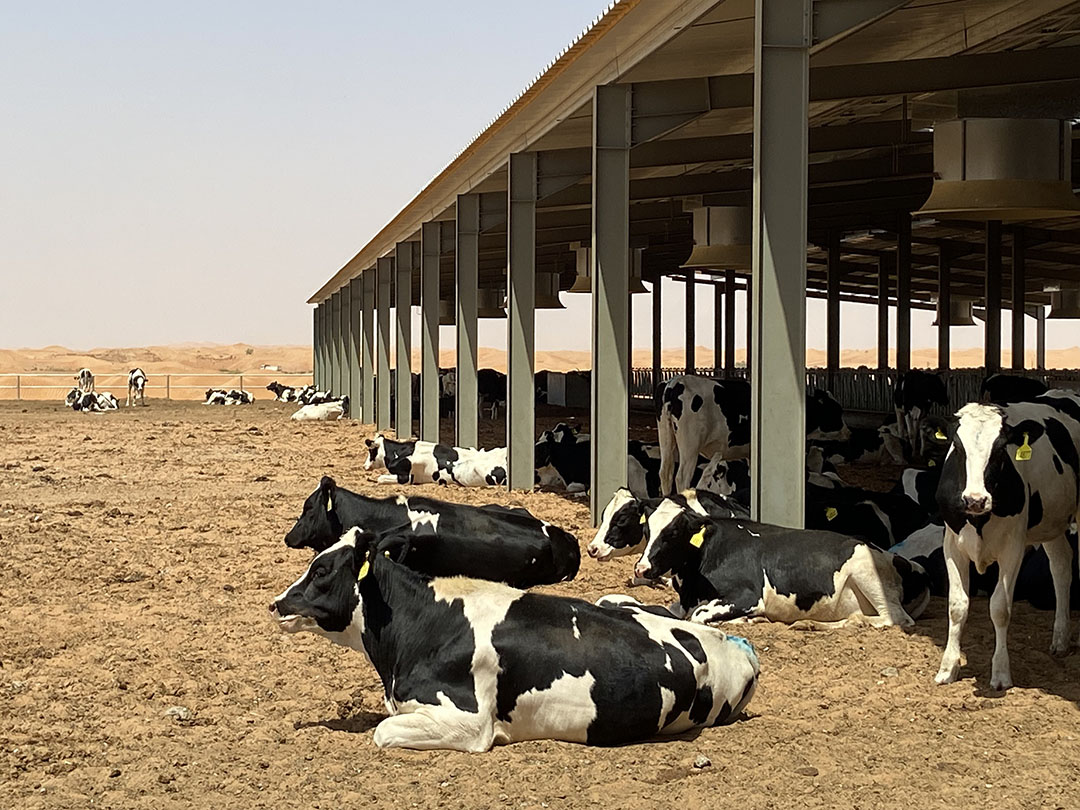
Must-see dairy machines and technology at Agritechnica
New farm machinery and technology that can help dairy farmers make their businesses more efficient will be presented at this year’s Agritechnica in Hanover, Germany. Ahead of the event, the organisers awarded one gold medal and 17 silver medals for innovations that stood out. The much coveted Agritechnica Gold Medal has been awarded to New Holland for its overall concept CR twin axial rotor combine harvester, which will be launched at the show. Here we look at some of the winners and other machines destined to be revealed at the big show. Page 14
Taking efficiency further by eliminating manure collection
With nearly 50 farm workers across 2dairy farms, owner Niel Wilke from Glentana farm in the Eastern Cape, South Africa, is focused on labour productivity as much as he is on the 2,770 cows. For him, stewardship means taking care of animals, the environment and people to ensure sustainability for future generations. Going one step further in his quest for efficiency, Wilke has designed a feeding timetable that means manure ends up on the pastures rather than in the concrete holding pens. Page 18
Sustainability in milk becomes more transparent
A growing number of tools and insights are available to reduce both direct and indirect effects on the environmental footprint of milk production on-farm. This helps to build trust and transparency around our progress in producing sustainable milk. The environmental impact of milk production is a hot topic at many global livestock conferences today. At the recent Animal Agtech Innovation Summit, held in Amsterdam, the Netherlands, it was once again addressed that the whole food value chain is responsible for reducing the climate impact of food production. Page 20
What role will hydroponic fodder systems play in dairy’s future?
Dairy farmers worldwide are struggling with nutritional and economic challenges regarding their dairy herds as commodity prices continue to surge, coupled with environmental fluctuations such as harsh droughts that are making traditional forages unreliable. Hydroponic fodder systems could offer a solution. In search of solutions, many farmers are turning to technology to grow nutrient-dense and affordable feedstuffs more effectively. One option that holds special promise is the use of hydroponic fodder systems (HFS), which have been a work in progress for some time and are now making their way onto more dairies. Page 22
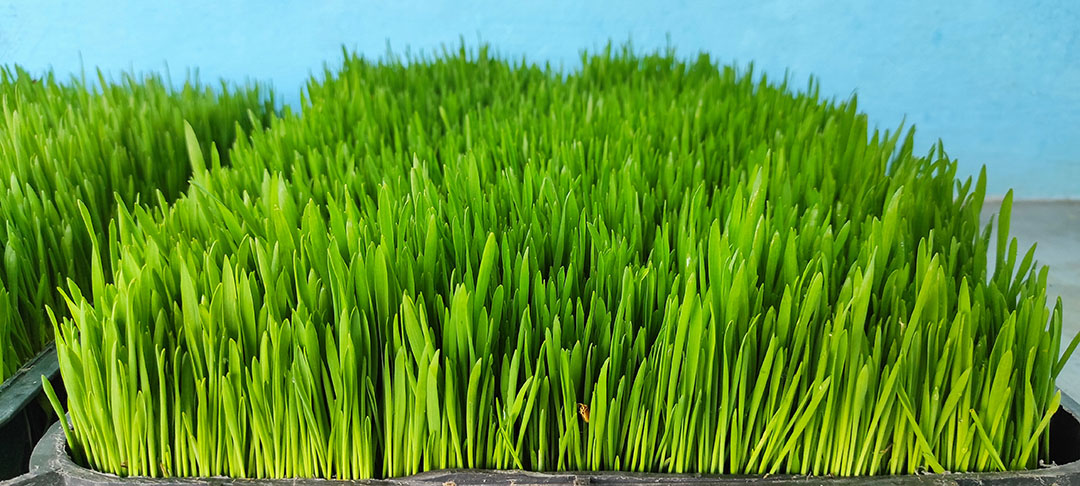
Improving udder health with zinc
Mastitis is still one of the main challenges for dairy cows worldwide. Its multifactorial origin and subclinical prevalence threaten the profitability of dairy farms. However, a multifactorial approach, and specifically zinc supplementation, may help to prevent the disease. Mastitis is an inflammation of the udder that has a multifactorial cause. While etiological agents causing mastitis are very vast and complex, large numbers of micro-organisms are known to cause the inflammation (Staphylococcus spp., Streptococcus spp., etc.). Page 24
Sodium humate in heifer diets has real potential
To realise success in the reproduction of a cow herd, the growth and health of breeding heifers is essential. In their findings published in the Emerging Science Journal, researchers found that sodium humate extracted from freshwater sapropel conferred growth and health benefits to breeding heifers in a cost-effective way. Sodium humate is a macromolecular substance comprising humic acid, which is rich in phenolic hydroxyl and carboxyl groups and has antidiarrhoeal, antioxidant and anti-inflammatory properties. Page 26
Successfully reducing carbon emissions
It should be no secret that a major push is underway in the animal nutrition industry to develop products, programs and practices that will significantly reduce the CO2eq emissions of livestock. While much progress has been achieved, there is still a long way to go to achieve the objectives that various government and consumer groups have established as obtainable targets. One key finding that has emerged so far is that it is highly unlikely that any one product, program or practice will, by itself, achieve the targeted Co2eq reduction objectives that have been set. Page 28
Biological functions and adaptive nutrition
Different nutritional factors affect reproduction, growth, lactation, immunity and adaptation to thermal stresses. Such relationships should provide useful tools to adapt nutritional regimens to meet a specific production target and/or solve a specific production problem. Experiments have shown that the heifers that are adequately fed show an earlier oestrus cycle than those with poor nutrition. Other experiments showed that the level of nutrition also affects the age of sexual maturity of the females. Page 30
Join 13,000+ subscribers
Subscribe to our newsletter to stay updated about all the need-to-know content in the dairy sector, two times a week.



